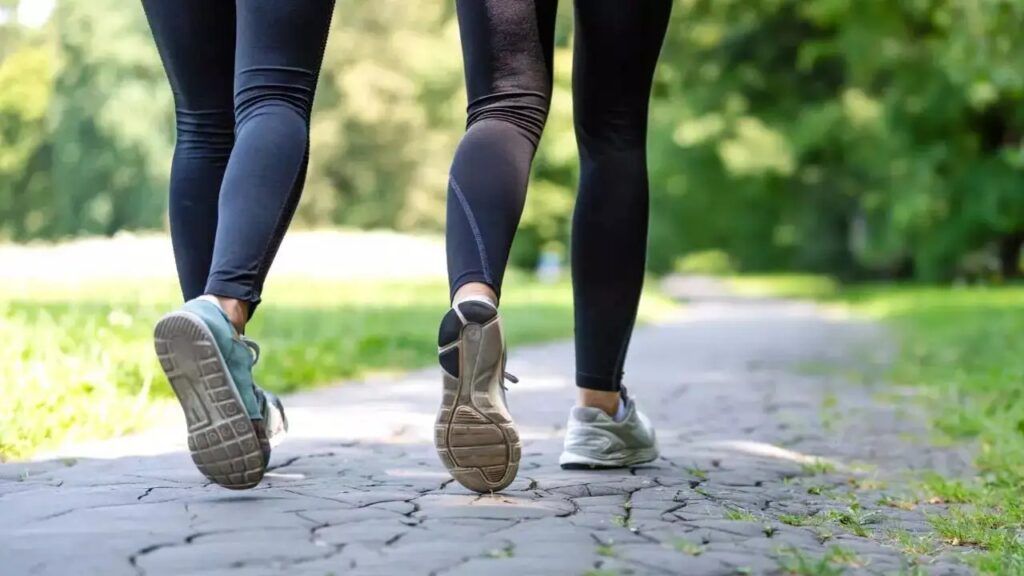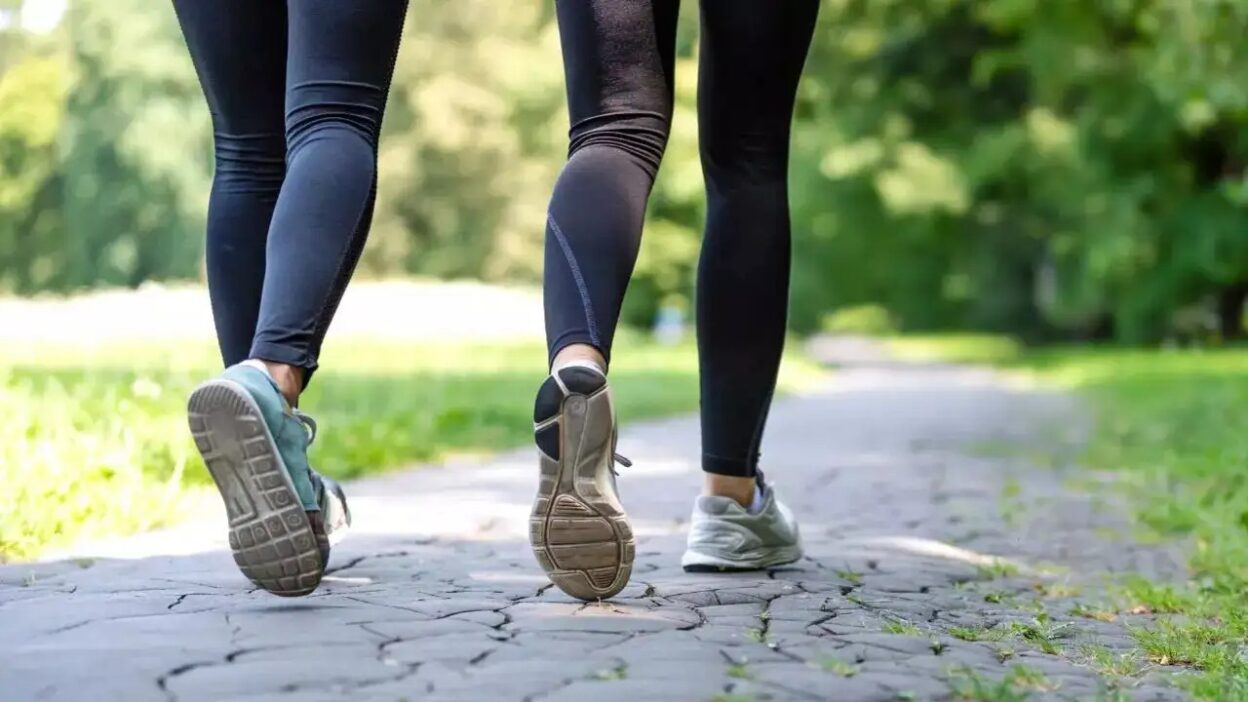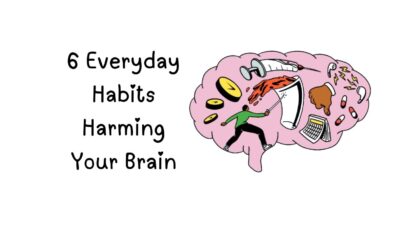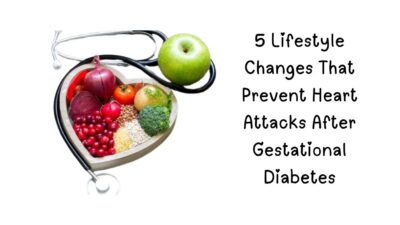Walking is one of the easiest and most effective exercises for weight loss. But does when you walk make a difference? Should you walk before breakfast or after meals to maximize fat burning? This science-backed guide compares both approaches to help you optimize your walking routine.
Empty Stomach vs. Post-Meal Walk
| Factor | Empty Stomach Walk | Post-Meal Walk |
|---|---|---|
| Fat Burning | ✅ Burns more fat (body uses stored fat for energy) | ❌ Burns carbs first (from recent meal) |
| Blood Sugar Control | ❌ Less impact on glucose | ✅ Lowers blood sugar spikes (best after meals) |
| Weight Loss | ✅ May aid fat loss | ✅ Helps prevent fat storage |
| Energy Levels | ❌ Can feel sluggish | ✅ More energy from food |
| Hunger After Walk | ❌ May increase hunger | ✅ Helps control cravings |
| Best For | Fat loss, endurance training | Diabetics, digestion, insulin sensitivity |
Which is Better for Weight Loss?
✔ Empty Stomach Walk (Pros)
- Burns stored fat (since glycogen is low)
- May boost metabolism slightly more
- Good for endurance training
❌ Empty Stomach Walk (Cons)
- Can cause muscle breakdown if too long
- May lead to dizziness in some people
- Not ideal for diabetics (risk of low blood sugar)
✔ Post-Meal Walk (Pros)
- Lowers blood sugar spikes (great for diabetics)
- Aids digestion & reduces bloating
- Sustained energy (no fatigue)
❌ Post-Meal Walk (Cons)
- Burns fewer fat stores (body uses recent carbs)
- Can cause discomfort if done immediately after eating
💡 Verdict:
- For fat loss? → Empty stomach walk (20-30 min max)
- For blood sugar control? → 10-15 min walk after meals
How Walking Affects Blood Sugar
- A 10-minute walk after meals can reduce blood sugar spikes by 30% (Study: Diabetes Care)
- Fasted walking may increase insulin sensitivity but has less immediate impact on glucose levels
Best for diabetics: Short walks after breakfast, lunch & dinner.

Best Time to Walk for Maximum Benefits
| Goal | Best Walking Time | Duration |
|---|---|---|
| Fat Loss | Morning (empty stomach) | 20-45 min |
| Blood Sugar Control | 10-15 min after meals | 10-15 min |
| Digestion & Bloating | 15-30 min after dinner | 15-20 min |
| Energy Boost | After lunch | 10-20 min |
How to Optimize Your Walking Routine
For Weight Loss:
✔ Walk briskly for 30-45 min before breakfast
✔ Add intervals (1 min fast, 1 min slow)
✔ Combine with strength training
For Blood Sugar Control:
✔ Take a 10-min walk after every meal
✔ Focus on consistency (daily post-meal walks)
✔ Monitor glucose levels to see results
FAQs About Walking Before vs. After Meals
1. Is it better to walk before or after breakfast for weight loss?
✅ Before breakfast (fasted state burns more fat).
2. How long should I walk after eating to lower blood sugar?
✅ 10-15 minutes is enough to reduce glucose spikes.
3. Can I walk immediately after eating?
⚠️ Wait 15-30 min to avoid discomfort (especially after large meals).
4. Does walking on an empty stomach burn belly fat?
✅ Yes, but combine with diet & strength training for best results.
5. Is a morning walk better than an evening walk?
🌞 Morning walks (fasted) help fat loss.
🌙 Evening walks (after meals) aid digestion & blood sugar.
6. How many steps after a meal to control diabetes?
✅ 1,000-2,000 steps (10-15 min walk) significantly lowers blood sugar.
Final Verdict: Which Should You Choose?
| If Your Goal Is… | Best Option |
|---|---|
| Maximize fat burning | Empty stomach walk (morning) |
| Control diabetes & blood sugar | Post-meal walk (after breakfast/lunch/dinner) |
| Improve digestion | Walk 20-30 min after dinner |
| Boost energy & mood | After-meal walk (prevents energy crash) |



